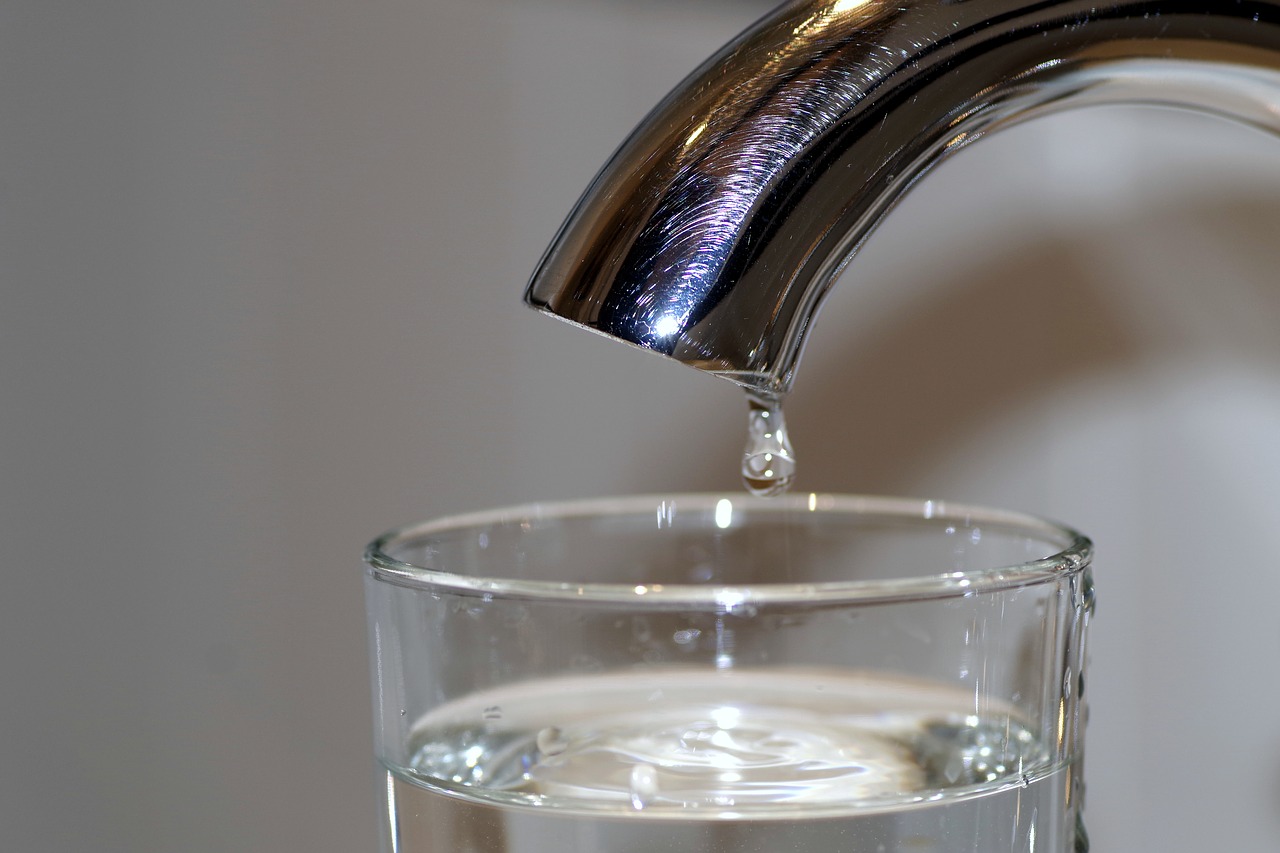#AskTamara: How can I test my water for Lead? How do I test the water in my home? How do I test the water in my kids’ school?
Published: November 3, 2018
Updated: June 6, 2023
Question: How can I test my water for Lead?
Answer: There are multiple ways…
There are a few different ways you can get your water tested for Lead (Pb). [Please read the caveats below the list after you read the list!]
Ways to test the water in your home or school for Lead
- Call your local Health Department (city, state or county). In the wake of the scandal in Flint, Michigan (and even before that happened), many local health departments now offer free water testing. Some have income limitations to qualify for the free testing, and others do not. Either way, it’s just a phone call and often the best place to start.
- Hire a professional Hazard Assessor to come test your home for Lead (Pb) – and make sure that home test includes water testing. A home hazard assessment that includes water testing has the advantage of testing ALL of your water sources (not just your kitchen faucet), so if you can afford professional testing, this is a good option for getting the most comprehensive testing.
- Buy a DIY kit to test the water yourself. Many of the DIY kits (from Home Depot and elsewhere) should be avoided — because their lower detection threshold is too high to be useful. Said another way: a lot of the home kits do not test to the very low levels required to be genuinely protective of human health. You want to find a test kit that tests down to 1 part per billion (ppb). The lowest reading should be “less than 1 ppb.” Many of the DIY kits have a low threshold of detection of 15 ppb or higher and that is not a level of detection that is protective of human health (per the American Academy of Pediatrics, you can read their report here). More on testing the water yourself here.
Caveats (important things to understand when doing any water testing in your home):
- The current Federal standard for Lead-in-water toxicity for water coming from your tap is that water that tests positive at 15 parts per billion (ppb) or higher is toxic to human health. [LINK],
- the Federal standard for Lead-in-water toxicity for bottled water is that water that tests positive at 5 (five) parts per billion (ppb) or higher is toxic to human health(!) Bottled water that tests positive above 5 ppb is illegal. [LINK]
- The bottom line (in my opinion): you really want ANY water testing you have done to give you results with low levels at LEAST as low as 5 parts per billion and preferably below 1 ppb. An “acceptable” low threshold reading on a water test is that your water test result is “less than 5 ppb” – however if children are drinking from that water source you want the result to be “less than 1 ppb.”
- If you water test gives you a result that says your water is “less than 15 ppb” you need to get a more accurate test.
- MOST free water tests available (from the Health Department) will only have a low threshold of detection of 15 ppb (or sometimes even 20 or 25 ppb). This is not acceptable, because if you water is “less than 15 ppb” it could still be 10 or 12 or 14 ppb – and current science has determined that that is not a level of lead in water that is genuinely protective of human health. HOWEVER if free testing is offered it may provide some useful information if you water tests higher than 15 ppb [in which case you should stop drinking from that water source immediately.]
- Please do your research in ADVANCE of getting your water tested (ask the Health Department or your inspector or thoroughly read the packaging on a home test kit you decide to use) to make sure the test you are using tests at least down to 5 ppb (or lower.)
That’s it for now….
If you need help finding a local Hazard Assessor to do a more compressive set of tests on your home (or on your child’s daycare or school), please consider joining our group on Facebook and asking the other members (who are all over the country, and in fact, all over the world!) for a recommendation in your area.
As always, thank you for reading and for sharing Lead Safe Mama posts and articles. Please let me know if you have any questions. I will do my best to answer them personally as soon as I have a moment
Tamara Rubin
Owner – Lead Safe Mama, LLC
#LeadSafeMama
Never Miss an Important Article Again!
Join our Email List





Hi Tamara, could we have a conversation about lead water testing and the issues of erattic (variable release) of lead particles and how they are designed to be missed by current testing protocols, how the 15 ppb action level is NOT a health based number and how the peer-reviewed science indicates that the test kits and health department lead water and standard one and two draw sample testing leads to false assurances about safety. Here is a science papers that explore these issues from the Campaign for Lead Free Water website: https://www.sciencedirect.com/science/article/pii/S0160412020322145 https://link.springer.com/article/10.1007/s10661-016-5182-x To see 13 peer-reviewed studies on various critical aspect of lead in water see: https://www.campaignforleadfreewater.org/the-science and for a discussion of the top 10 Myths & Facts about lead in water see: https://leadsafeworld.com.au/media-page/lanv18n2-contents/lanv18n2-2-top-10-myths/ please feel free to reach out to me by email, text or phone number. paulschwartzdc@gmail.com or 202-279-0438